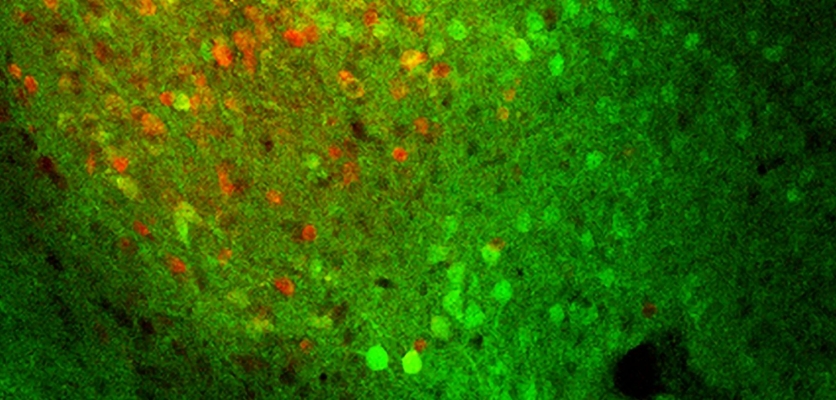When you expect a really bad experience to happen and then it doesn’t, it’s a distinctly positive feeling. A new study of fear extinction training in mice may suggest why: The findings not only identify the exact population of brain cells that are key for learning not to feel afraid anymore, but also show these neurons are the same ones that help encode feelings of reward.
The study, published Jan. 14 in Neuron by scientists at MIT’s Picower Institute for Learning and Memory, specifically shows that fear extinction memories and feelings of reward alike are stored by neurons that express the gene Ppp1r1b in the posterior of the basolateral amygdala (pBLA), a region known to assign associations of aversive or rewarding feelings, or “valence,” with memories. The study was conducted by Xiangyu Zhang, a graduate student, Joshua Kim, a former graduate student, and Susumu Tonegawa, Professor of Biology and Neuroscience at RIKEN-MIT Laboratory of Neural Circuit Genetics at the Picower Institute for Learning and Memory at MIT and Howard Hughes Medical Institute.



